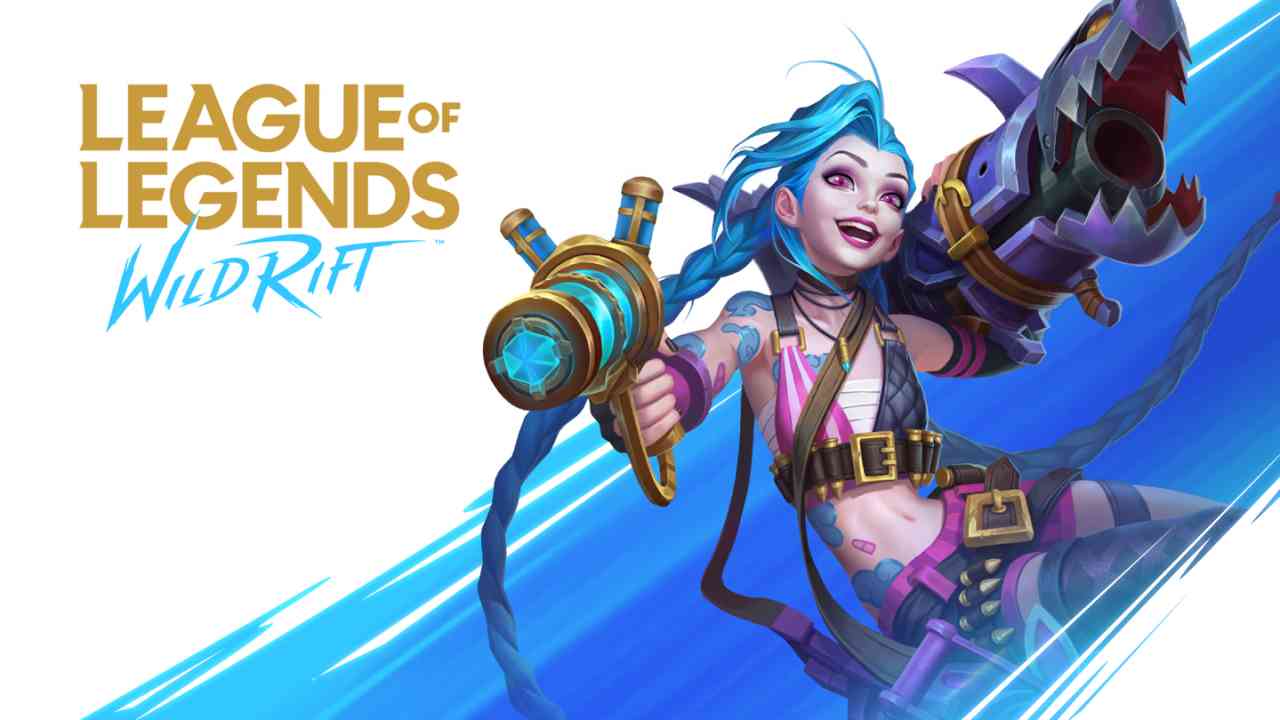League of Legends: Wild Rift is the friendliest and most accessible MOBA on mobile, but it still maintains a high skill ceiling and demands your full attention while playing. You can’t just hop into games casually and assume you’ll be a great addition to your team or know how to foil your opponents.
It takes time and practice to familiarize yourself with champions, learn the map, and find the item builds that work best in certain scenarios.
Because of this, it is often recommended for players to choose one specific role to specialize in, and after countless matches in Wild Rift I am confident in saying that the most beginner-friendly role is that of the humble support. Read on for the reasons why as well as some tips for being a quality support for your team.
It’s always available
The most straightforward reason why it’s good to main support is the fact that it’s not a very popular role. If you prioritize support in Ranked matches or just hop into random PvP games the odds are extremely good that no one will be fighting over grabbing the support role. It will be all yours.
Why is this good? Well, it means you don’t need to split your attention to learn a backup role. Having a single focus will allow you to learn and improve in this critical role faster, as opposed to splitting your time between any two other roles.
The buddy system
In the support role, your job is to stick by your teammates and help them out (hence the name). This means you’ll almost never be expected to do something–whether that’s securing an objective or killing opponents–on your own. This can be helpful because it allows you to observe other players more than almost any other role and absorb more macro knowledge about the game in terms of when it’s good to initiate team fights, rotate lanes, etc.
When you’re just starting out, following others around is also a good way to always be in a position to fulfill your role. As you learn more about where you and your teammates should be at any given time, you can start directing the show a little bit with pings, but if you have teammates that know what they are doing just following and protecting them is more than enough to get you rank climbing.
The meta is slow
As of this writing, Wild Rift has seen two major updates in its open beta. Across both, there has only been one new champion with viable support capabilities, Galio. This might make the role sound less exciting, but that’s a good thing for beginners. You can learn the full roster of champions relatively easily as well as how to counter each enemy support pick.
Having a slow meta also means you don’t have to be shifting your builds or playstyles quite so much across matches, allowing you to focus on your own mechanics and macro decision-making on how best to help your team in certain situations.
Tips for playing support
-
- Your #1 job is to protect your team’s bottom lane marksman or ADC. Stay by them in the laning phase and help them build up their power. Don’t roam around and leave them alone. Helping them get kills is nice, but making sure they don’t die is more important.
-
- Speaking of roaming, only do so when your ADC is well protected by another teammate, is roaming themselves (in which case, go with them!), or if they have to retreat. Roaming gives you the chance to play support for the midlaner or jungler for a minute or two and apply pressure to different parts of the map.
-
- Use your wards so your team has vision. This applies to every role in Wild Rift, but it is particularly expected of supports. Place a ward near the jungle entrance by your lane to avoid ganks. Place a ward at the dragon when it is spawning. Ward lane bushes if the enemy team is using them effectively. Later on in the game (probably around 10 minutes), switch to a scanner to take away enemy vision as you fight over big objectives like Baron Nashor and Elder Dragon.
-
- During laning, do not hit minions. Your ADC is the lane manager, and the best way for them to know how to score last hits and control where the minion waves should meet is by doing all the damage themselves. During this time, you should focus on poking the enemy, warding, blocking enemy pokes, and initiating fights when you and your ADC feel like you can score a kill.
-
- Don’t chase stats. Support is not a particularly flashy role, making the only real number you can rack up as one is assists. Even so, don’t just roam around trying to pad out your assist numbers. Again, the key to a quality support is to protect. If this involves locking down an enemy to help get a kill, great, but sometimes it’s better to disengage, run away, or even sacrifice yourself to save the ADC or another damage dealer. You should be totally fine with 2/3/6 KDA spread as long as you know you protected your team. If you did that, and everyone else on the team did their job, you should be coming out with a win.


















